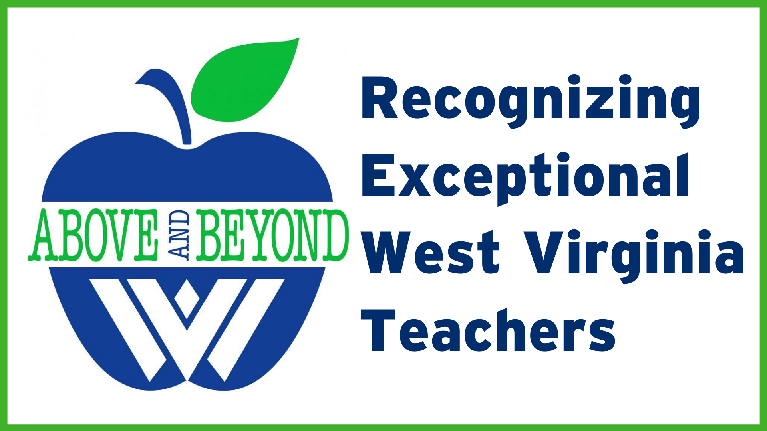Warhol Exhibit Comes To Charleston
The Juliet Art Museum at the Clay Center for the Arts & Sciences of WV has just opened an exhibit called "Good Business: Andy Warhol’s Screenprints" to the public. It will remain on display through March 29, 2026.
Continue Reading Take Me to More News





















